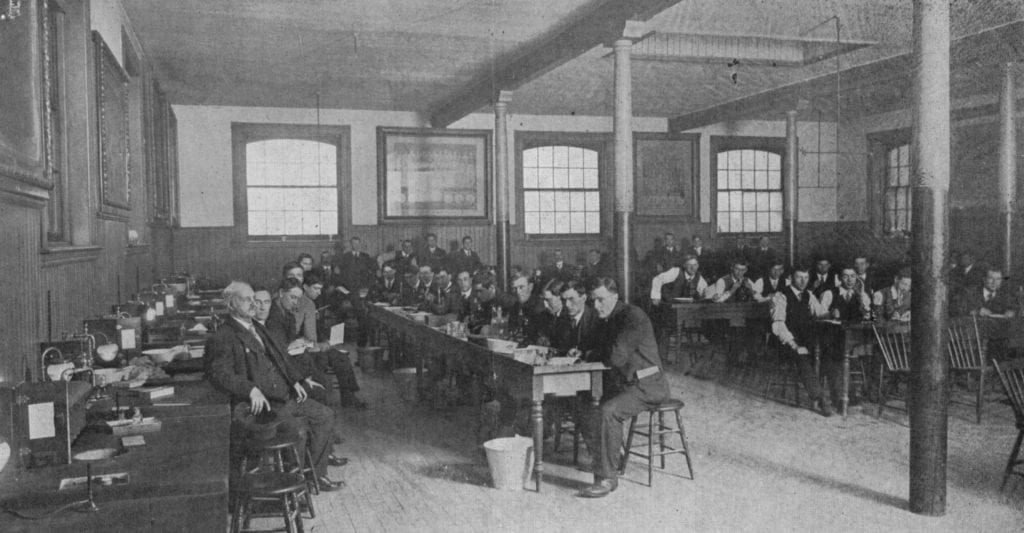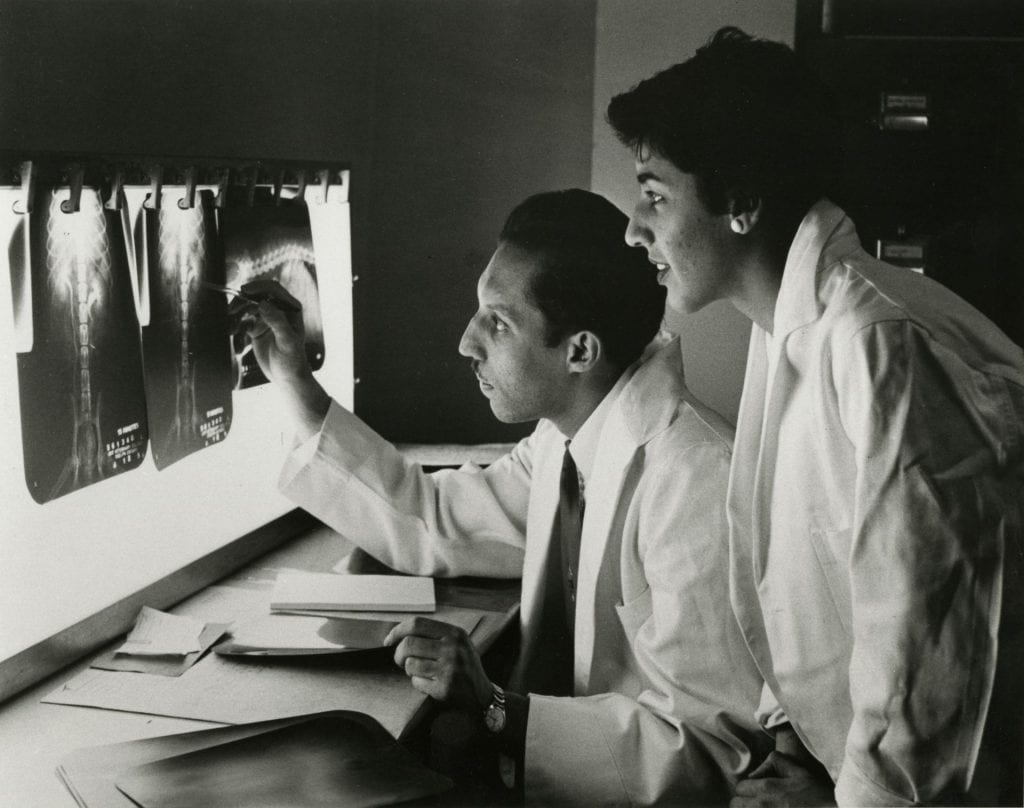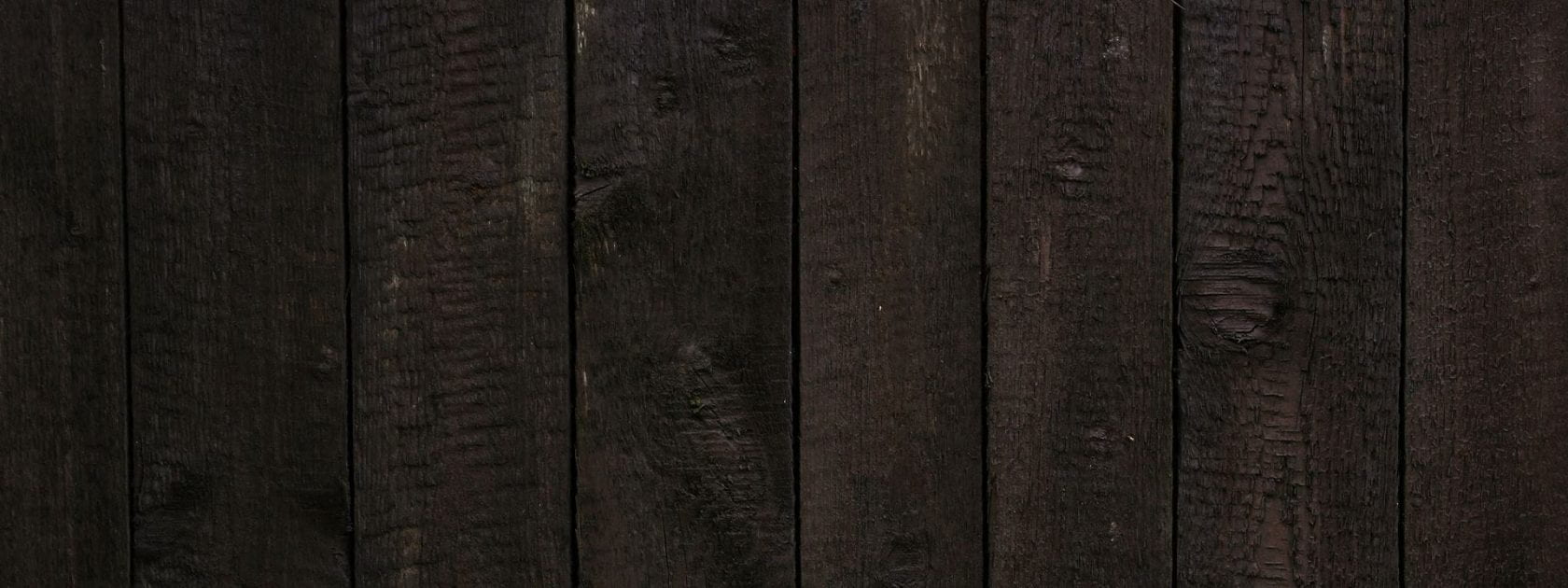Welcome to the online home of the Barker Veterinary Museum! This website has been a long time in the making and we hope that you enjoy interacting with the Barker Veterinary Museum (BVM) and exploring the fascinating history of veterinary medicine in Canada.
It goes without saying that 2020 has been an unusual and difficult year. For museums, this has meant closing doors and investing in new ways to engage with their visitors. Likewise, institutions like the University of Guelph have been forced to close and pivot instruction for our students to online platforms.
For the BVM, our transition to an online platform began slightly before Covid-19 became the reality it is now. Recent changes in staffing and space in the Ontario Veterinary College saw the museum’s showcase room reallocated for other purposes. While new physical display space is in the works, it may be some time before a large, physical display space is available for the BVM to receive visitors. This provided an ideal opportunity to explore digital spaces for the museum and its collections.
What is the role of the Barker Veterinary Museum on campus? What purpose does it serve? Why does it matter?
It might seem strange for some to learn that a large teaching and research institution like the Ontario Veterinary College also contains a substantial museum collection, let alone one that is actively managed. The OVC is in a unique position. As the oldest veterinary college in Canada and the United States, the college has spent nearly 160 years shaping veterinary education and practice in Canada and beyond. The college’s rich history has made it an ideal location for the heritage of veterinary medicine to reside. Dr. C.A.V. Barker, the founder of the Barker Veterinary Museum, recognized this significance in late 1940s and began the museum. You can learn more about the museum’s origins and about Dr. Barker in the “About” section of the website.
Today the Barker Veterinary Museum serves several roles. It serves as a venue to preserve and promote the history of veterinary medicine. The development of veterinary medicine, a point of intersection of human and animal lives, is critical to our understanding of our relationships with animals, how we value them, and how we understand their health.

(Credit: C.A.V. Barker Collection, Archival & Special Collections, University of Guelph Library).
The museum also serves as an important space to preserve the history of veterinary education, particularly at the OVC. Hundreds of graduates have gone on to have careers of meaning and impact in Canada and abroad. The museum serves as a place to preserve and celebrate this heritage as well as the ways in which veterinary education has transformed over the last 160 years.
In conjunction with the OVC administration and Archival & Special Collections at the University of Guelph, the museum serves as an important repository of the administrative and instructional history of the OVC and the veterinary profession more broadly. Moreover, the museum serves as an important repository of the history of over a century-and-a-half of veterinary practice through collections of instruments as well as written records of the OVC’s hospitals and independent practices.

(Credit: C.A.V. Barker Collection, Archival & Special Collections, University of Guelph)
Finally, the Barker Veterinary Museum serves as an active experiential learning environment for undergraduate and graduate students at the University of Guelph. For several years now, students from across campus have engaged with the BVM’s collections and participated in the research, development, and installation of exhibits of the museum’s collection. In doing so, they learn valuable hands-on skills leading to careers in the heritage field, libraries and museums, among many others.


